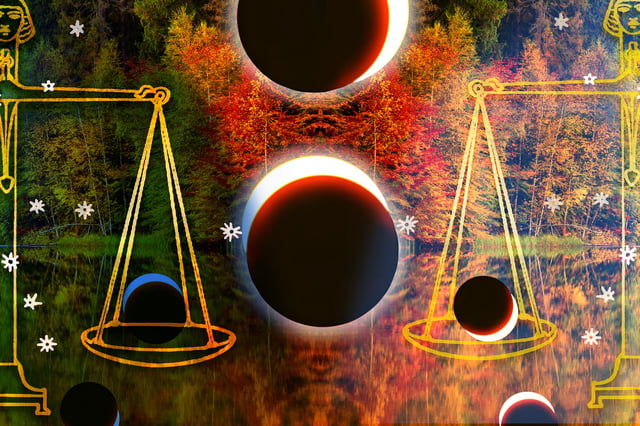Overview
- NASA and observatories place the equinox at Monday, Sept. 22, 2:19 p.m. ET (1:19 p.m. CDT; 7:20 p.m. BST), the precise instant the Sun’s center crosses Earth’s equatorial plane.
- Astronomical autumn starts in the Northern Hemisphere as the region tilts away from the Sun, while spring begins in the Southern Hemisphere and daylight patterns reverse.
- Exact 12-hour day and night typically occur later at the ‘equilux’—for example, several U.S. cities reach it around Friday, Sept. 26, due to solar disk size and atmospheric refraction.
- Meteorological fall, used for climate tracking, began Sept. 1 and runs through Nov. 30, differing from the astronomy-based seasonal boundaries.
- Geomagnetic activity often increases around the equinoxes, boosting Northern Lights odds, and upcoming clock changes include Oct. 26 in the UK and Nov. 2 in the U.S.



